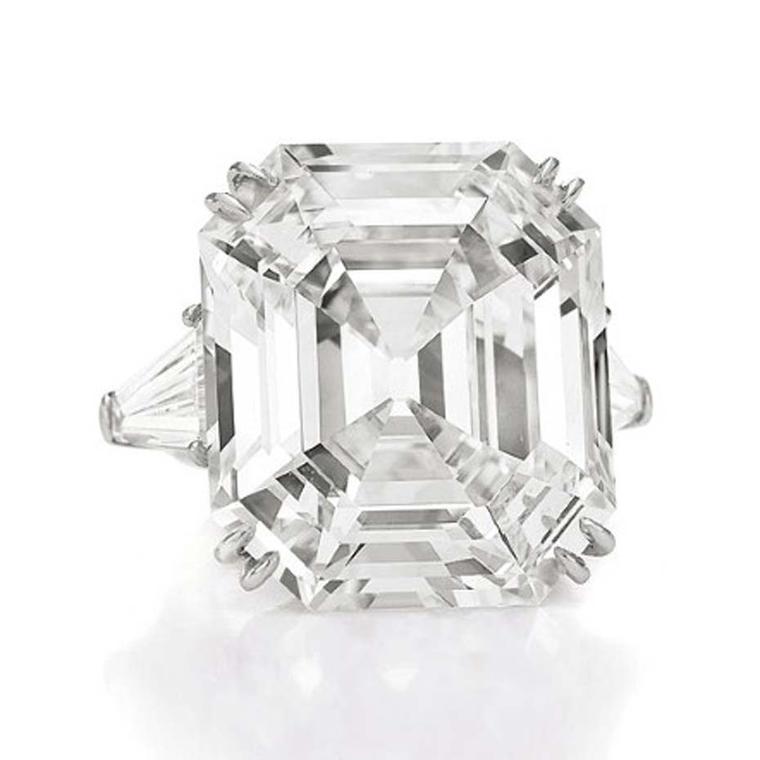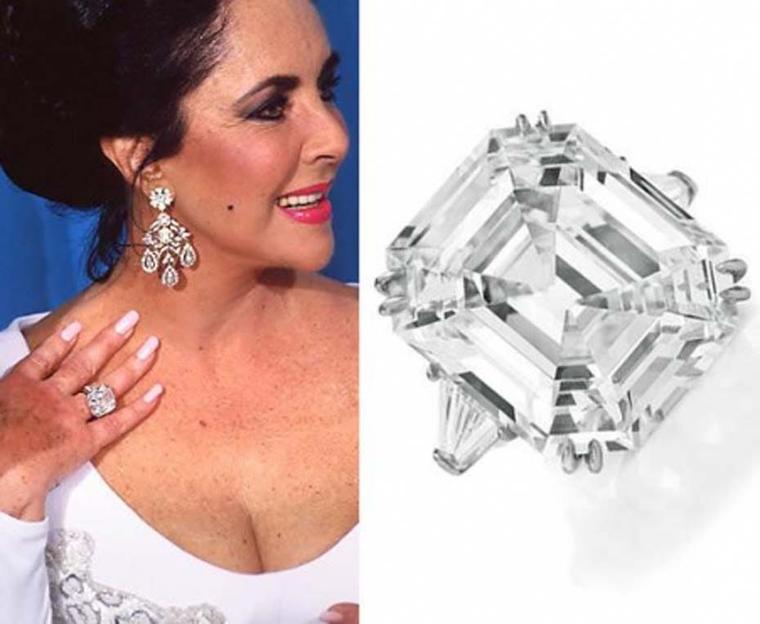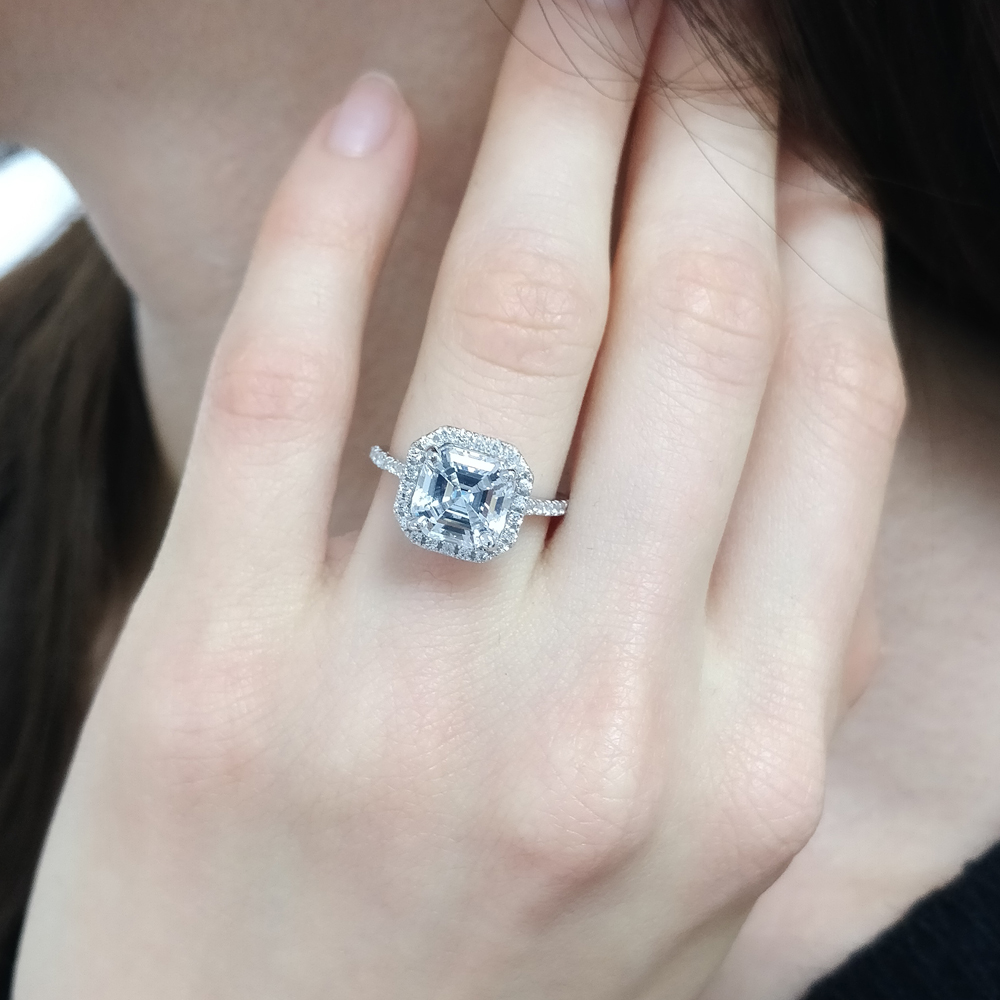Welcome back to the Diamonds Hatton Garden blog where we share the latest developments and insights from our Hatton Garden jewellers. In today’s blog we continue our series examining the different diamond shapes with the simply gorgeous Asscher cut. The Asscher cut may only be just over one hundred years old but it carries with it an irresistible charm and beauty. Whether in an elegant asscher cut diamond engagement ring of a pair of diamond earrings, the art-deco-esque Asscher cut may not be one of the best-known diamond cuts, but it’s history is rich and design iconic.
What is a “Diamond Shape?
Diamond shape refers to the geometric appearance of a diamond. Diamond shapes are categorised into two groups: round diamonds and fancy shape diamonds. Round diamonds, also known as round brilliant cuts, are the most popular diamond shape. Fancy shape diamonds refer to any diamond that is not a round brilliant.
When was the Asscher cut invented?
The Asscher cut is one of the more recent of the diamond cuts and was invented by Joseph Asscher in 1902. Joseph Asscher was an artisan diamond cutter who founded the I.J Asscher Diamond Company which is now known as the Royal Asscher Diamond Company. Joseph Asscher also gained notoriouity within diamond cutting as he was entrusted by the British Royal family to cut the magnificent Cullinan diamond that is now part of the crown jewels. What makes the cut unusual is that it was the first diamond cut to be patented which protected it from being produced and replicated by other companies. With its brilliant straight lines, the cut became popular as the diamond of choice for many art-deco items of jewellery. and the irse in popularity of Asscher cut engagement rings soon followed.

How many facets does an Asscher cut diamond have?
When we look at the Asscher cut diamond we may see influences from both the emerald and princes cut and this can also be shown in the number of facets that the diamond possesses. At its most basic, the Asscher cut is a square diamond with cut corners which allows for a greater amount of light to enter the stone and thus more brilliance. Typically, an Asscher cut diamond has 50 or 58 facets with and ideal length to width ratio of 1 to 1.04.The combination of the facets, high crown (the top part of the diamond) and depth means that Asscher cut diamonds can show a beautiful mirrored effect and gorgeous sparkle and look simply magical in Asscher cut engagement rings.
A well cut asscher will appear to have concentric squares as you look down through the table, the result of proper positioning of the pavilion facets underneath. Like the emerald cut, the asscher cut has cropped corners; however, because an asscher is square, the cropped corners give the asscher cut a somewhat octagonal shape. Once mounted in a four prong setting, the diamond maintains its unique shape within a square silhouette.

What is a Royal Asscher cut diamond?
As with all diamond shapes, the Asscher cut has evolved and been adapted into variations. Much less common than the standard Asscher cut, the Royal Asscher cut is known for it’s perfect symmetry and higher crown. Generally speaking, Royal Asscher cut diamonds have a greater brilliance and reflective quality than the more common variety.

Why choose an Asscher Cut Diamond?
The Asscher cut is one of the lesser known diamond cuts and is the perfect choice for those looking for something different to the more popular square cuts such as the emerald and princess cut. With a clean and elegant look, the rectangular facets allow for lots of light to enter the diamond creating brilliant sparkle and flashes.
Typically associated with the art-deco movement, the Asscher cut ring has a wonderful vintage appeal. The timeless allure of the cut recalls this era of cocktails and glamour making for a wonderful throwback style. The angled and stepped sides create a mirrored look.

We hope that you have enjoyed our blog on the wonderful Asscher cut. For more information and to book your personal consultation with our experienced teams, contact harel@diamondshg.co.uk or call +44 7951 060238.

